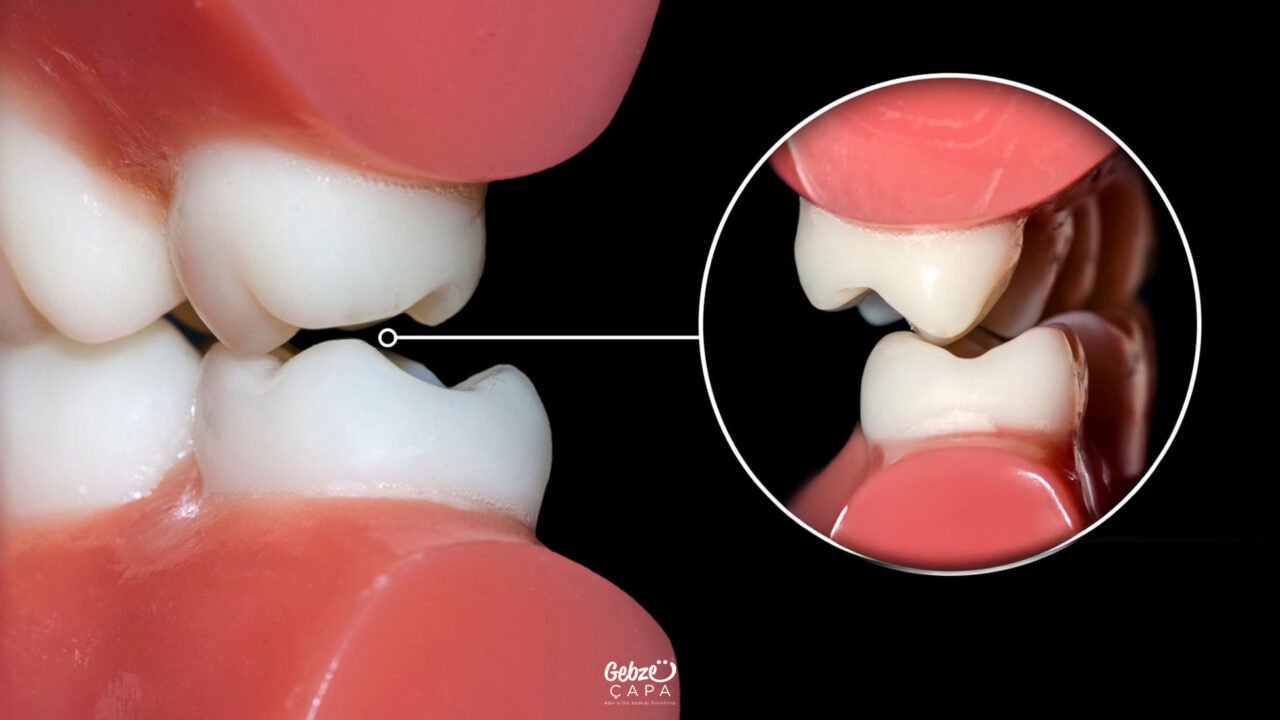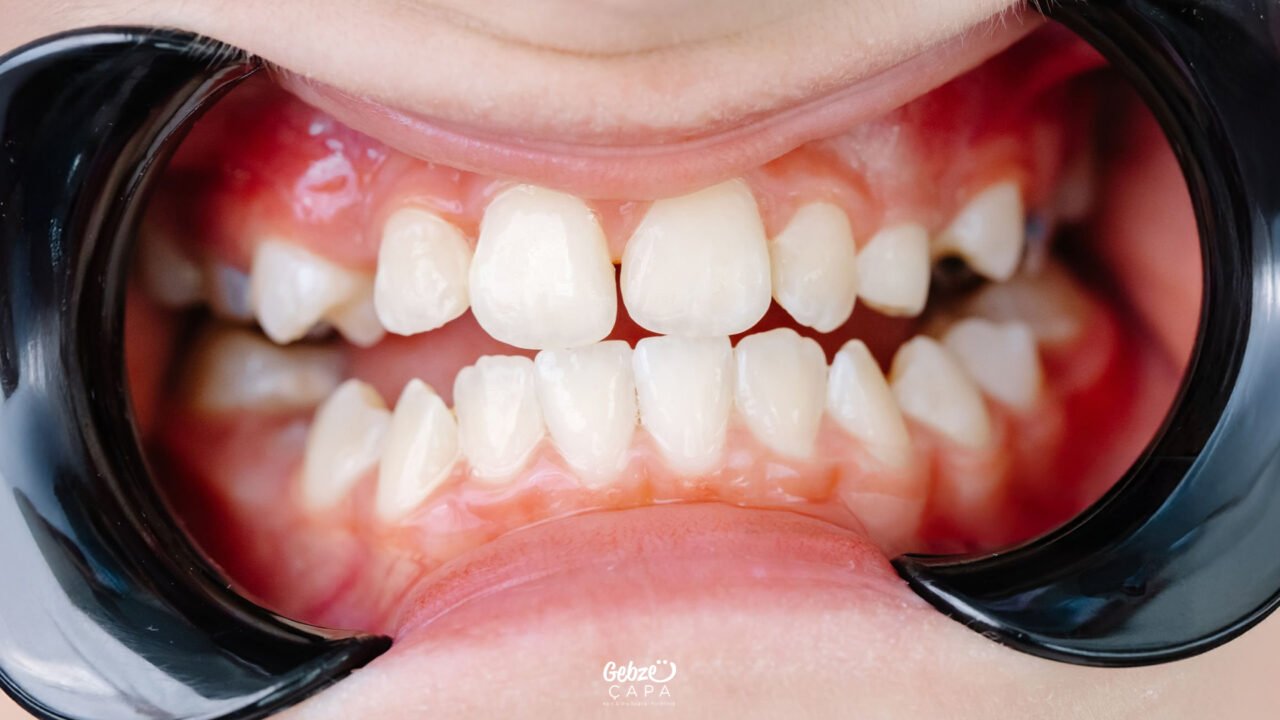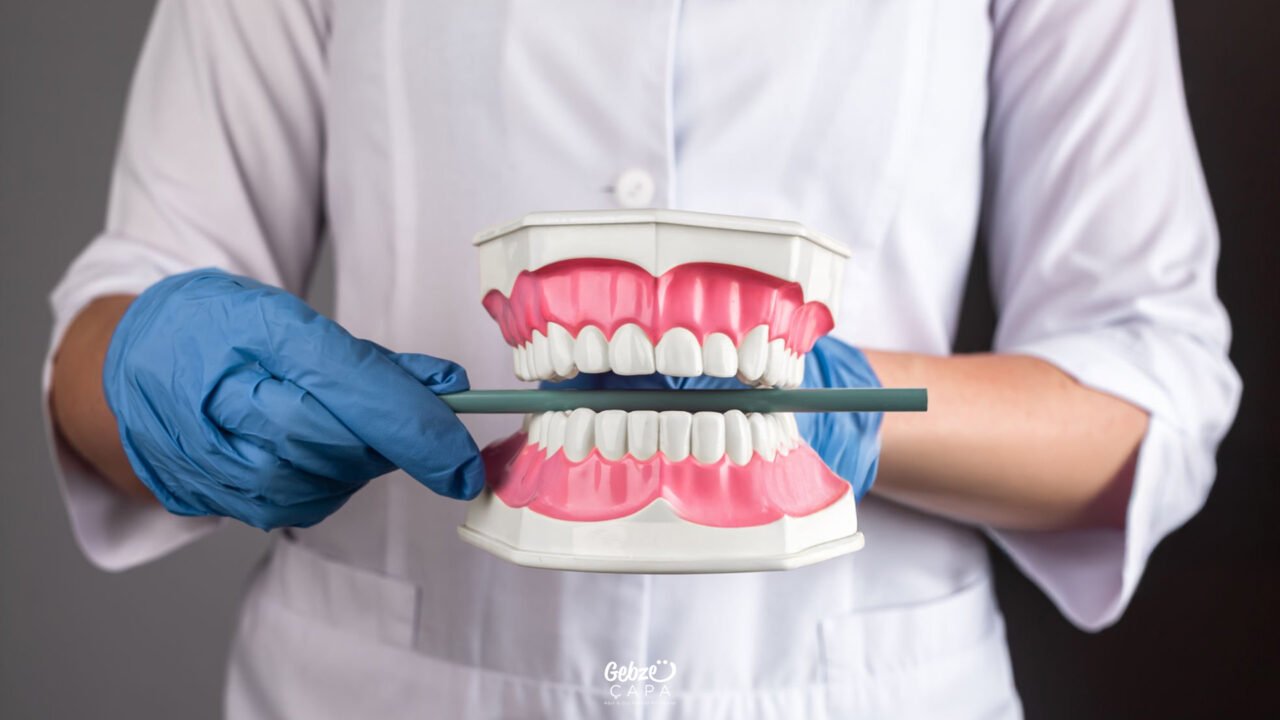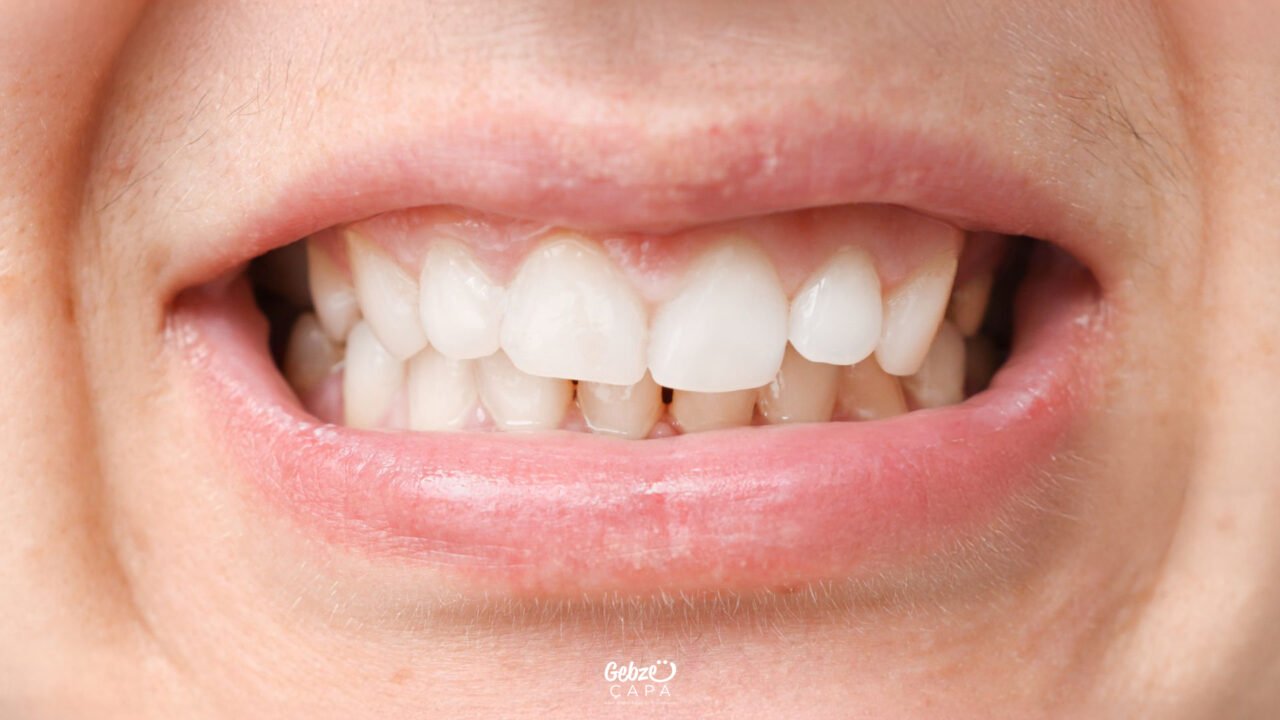What is Malocclusion and How is It Treated?
Our smile is not only a detail that completes our aesthetic appearance, but also a significant indicator of our oral and dental health. A healthy smile is made possible by the harmonious functioning of the teeth, jaw, and muscles. However, sometimes the teeth don’t line up properly, or the jaws don’t close in the correct position.
This condition is medically known as malocclusion and is commonly known as “malocclusion.” Malocclusions not only negatively impact the aesthetics of the smile, but can also lead to problems in many areas, from chewing and speaking skills to jaw joint health and digestive processes. If not detected early and treated appropriately, they can lead to even more serious problems, both aesthetically and functionally.
What is a Malocclusion?
Simply put, a malocclusion is a condition where the upper and lower teeth do not come into contact with each other properly. Under normal circumstances, when we close our mouths, the upper teeth should slightly overlap the lower teeth, allowing for smooth chewing. However, when there is a malocclusion, this balance is disrupted, the teeth meet in an improper position, and both aesthetic and functional problems occur.
This condition can manifest in different ways:
- Class 1 Malocclusion: The jaw position is normal, but the teeth are crowded or spaced.
- Class 2 Malocclusion (Overbite): The upper jaw is significantly more prominent than the lower jaw.
- Class 3 Malocclusion (Underbite): The lower jaw is more prominent than the upper jaw.
The harmony of our teeth is critical not only for a beautiful smile, but also for chewing, speech, and jaw health.

Causes of Malocclusion
While malocclusion is often a condition that begins in childhood, it can also develop in adulthood for various reasons. Both genetic factors and lifestyle habits play a significant role in the development of this problem. I will outline the most common factors below.
-Genetic Factors
Jaw structure, tooth alignment, and the shape of facial bones are largely determined by our genetic heritage. If there are family members with malocclusion, the likelihood of developing it in children increases. For example, characteristics such as a narrow or wide jaw and the structural size of the teeth are congenital and can predispose to malocclusion.
-Childhood Habits
Habits such as prolonged pacifier use, thumb sucking, nail biting, or pencil biting can negatively impact children’s dental and jaw development. Continuing thumb sucking, especially after the age of 3-4, can push the front teeth forward and disrupt the jaw structure.
-Early or Late Fall of Primary Teeth
Baby teeth act as a guide for the permanent teeth to emerge in the correct position. Premature removal of these teeth or a delay in their natural shedding can lead to improper eruption of permanent teeth and malocclusion.
-Jaw Injuries or Trauma
Blows, fractures, or serious trauma to the jaw during childhood or adulthood can alter the shape of the jawbone. This can disrupt the way the teeth meet, leading to malocclusion.
-Tooth Loss
Tooth loss in adults not only poses an aesthetic problem, but also causes the remaining teeth to shift into the gap over time. This shifting can disrupt the way the teeth fit, negatively impacting chewing function.
Symptoms of Malocclusion
Not every malocclusion is obvious, but in some cases, the following symptoms may occur:
- Crowded or spaced teeth
- Positioning of upper and lower teeth forward or backward
- Difficulty chewing
- Difficulty pronouncing certain sounds in speech
- Pain or clicking in the jaw joint
- Distortion of facial symmetry
- Frequent teeth clenching or grinding (bruxism)

What Happens If a Malocclusion Isn’t Treated?
While an untreated malocclusion may initially appear to be merely an aesthetic issue, it can lead to much more serious problems over time. A misaligned bite can place excessive pressure on some teeth, leading to premature wear and even cracking. This can increase tooth sensitivity and even increase the risk of tooth loss.
Temporomandibular joint (TMJ) problems can also occur. This condition manifests itself with quite distressing symptoms such as clicking sounds when opening and closing the jaw, pain, and sometimes even a locking sensation.
Another important factor is digestive health. When teeth don’t meet correctly, food can’t be chewed properly, forcing the stomach to work harder. In the long run, digestive problems and stomach upset can occur.
And of course, there’s also the aesthetic aspect. Because malocclusion affects the shape of the smile, a person can lose self-confidence in social settings. Finding themselves unable to smile comfortably can have negative psychological effects.
How is Malocclusion Treated?
The treatment process varies depending on the type and severity of the malocclusion. Here are the most common treatment methods:
- Orthodontic Treatment (Braces or Clear Aligners)
This is the most common method for treating malocclusion.
-Braces: Metal or ceramic brackets are used to align the teeth correctly.
-Clear Aligners (such as Invisalign): Treatment is performed with invisible and removable appliances.
- Orthognathic Surgery
In cases of advanced jaw malocclusion, surgical correction of the jawbones may be necessary. - Dental Restorations
Missing teeth are replaced with implants, bridges, or dentures to balance the bite. - Correcting Habits
Cutting thumb-sucking and incorrect swallowing habits in children simplifies the treatment process.

How Long Does Treatment Take?
The treatment time for malocclusion can vary depending on the type and severity of the malocclusion, as well as the patient’s age. Orthodontic treatment typically lasts between 1.5 and 3 years. Regular orthodontic checkups throughout this period are crucial for ensuring the treatment progresses as planned.
In cases requiring surgical intervention, the procedure may be shorter, but recovery can take several months. Treatment initiated in childhood, in particular, yields much faster and more effective results than in adults, as the jaw and teeth are still developing.
Is It Possible to Prevent Malocclusion?
While it’s not possible to completely prevent every malocclusion, some preventative steps can be taken to reduce the risks and protect the health of teeth and jaws. For example:
- Avoiding prolonged pacifier or bottle use in children: Continuing these habits after age 2 can negatively impact the formation of the jaw structure.
- Stop thumb-sucking early: Continuing thumb-sucking after age 3-4 can push the front teeth forward and disrupt the bite.
- Have regular checkups for primary teeth: Primary teeth are a natural guide for permanent teeth. If they are removed early or fall out late, the alignment of the teeth can be disrupted.
- Start treatment promptly for tooth loss: Gaps in the space between teeth can cause other teeth to shift, triggering malocclusion.



